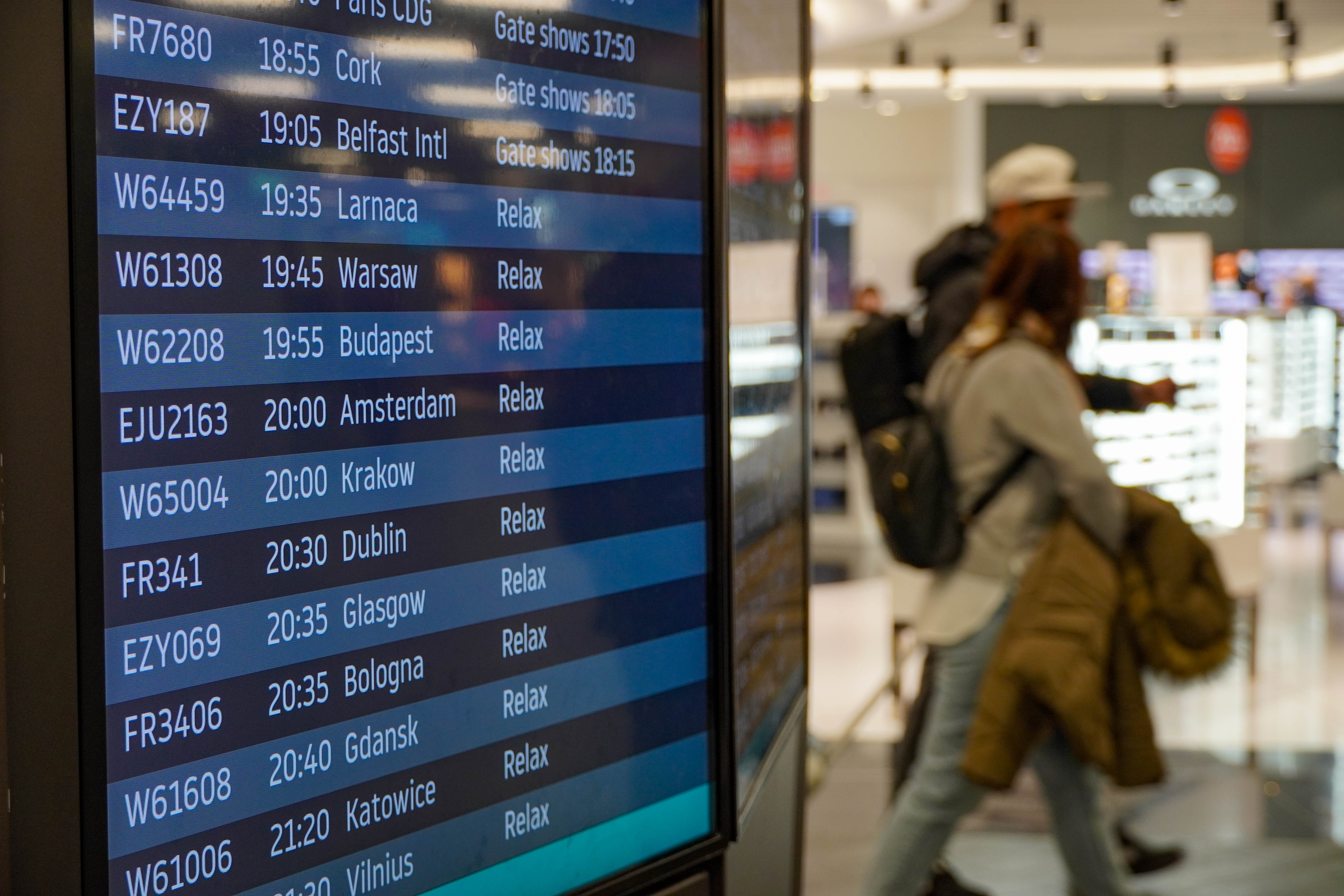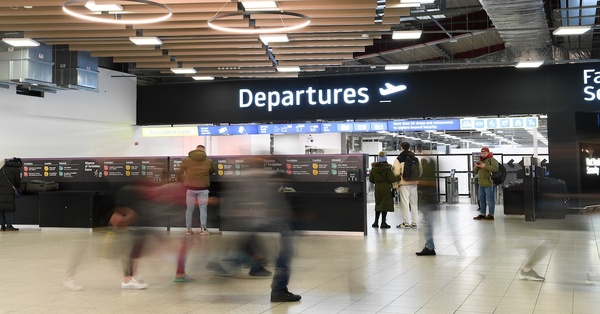You are viewing 1 of your 2 free articles
Speed and convenience most important factors for airline passengers
Airline passengers continue to prioritise speed and convenience and are increasingly embracing biometrics and off-airport processes to deliver it, according to a new Iata study.
Proximity to the airport was the main priority when choosing their departure point (71%). This was more important than ticket price (31%).
A small majority of passengers prefer to book directly with airlines (52%).
“Regardless of booking channel used however, they would like to have complete visibility into the fare offer including easy access to optional products and services,” the Iata global passenger survey found.
“Passengers want convenience when they plan their travel and when choosing from where to depart. Their preference is to fly from an airport close to home, have all booking options and services available in one single place and pay with their preferred payment method.”
The survey, based on more than 8,000 responses from more than 200 countries, found that passengers expect to move through the airport faster than ever.
Almost three-quarters (74%) stated that when traveling with only a carry-on bag, they anticipate going from the curb to the boarding gate in 30 minutes or less, an increase from 54% in 2022.
Passengers want to complete more processing elements away from the airport.
Forty five per cent of travellers identified immigration as their top pick for off-airport processing – up from 32% last year.
Check-in was the second most popular priority at 33%, followed by baggage check-in (19%).
As many as 91% of are interested in a special program for trusted travellers (background checks) to expedite security screening.
Passengers want more flexibility and more control in the baggage process, with 67% interested in home pick-up and delivery.
More than three-quarters (77%) said they would be likely to check in a bag if they could tag it and check it in before they get to the airport and 87% would be willing to check in a bag if they could track it.
Interest in self-tracking is also growing – 57% of travellers have used or want to use electronic bag tags, up from 50% in 2022.
Confidence in biometric identification is rising. In the last 12 months, 46% of passengers used biometrics at the airport, up from 34% in 2022.
Furthermore, 75% of passengers prefer using biometric data over traditional passports and boarding passes.
Of those who have used biometric identification during their travels, 46% reported an 85% satisfaction rate.
While data protection remains a concern for half of the travellers, 40% would be more open to biometric solutions if they were confident that their personal information is secure – an increase from 33% in 2022.
A third (36%) of travellers said they have been discouraged from travelling to a particular destination because of the immigration requirements. Process complexity was highlighted as the main deterrent by 49% of travellers, 19% cited costs and 8% privacy concerns.
Iata operations, safety and security senior vice president Nick Careen said: “Passengers have made it clear: they want to spend less time booking and move through the airport faster. And they are increasingly willing to use biometric data to complete more pre-departure tasks off airport to achieve this.
“Time-consuming and complex visa requirements deter travellers and deprive destination economies of valuable tourist revenues.
“Time and again, we have seen that when countries remove visa requirements, economies prosper from rising visitor numbers.
“Beyond simplified visa procedures, travellers are prepared to share their immigration information if it results in faster and smoother airport processes. Taking advantage of traveller willingness to use online processes and share information in advance is always a win-win solution.”
The association’s financial settlement and distribution services senior vice president Muhammad Albakri added: “Whichever shopping channel passengers choose, airlines want to present them with all the options for even quicker and more convenient booking.
“Payment needs to be seen as part of the commercial offer and not just as a financial transaction at the end of the sale.
“Customers want to be able to use their preferred payment method with convenience and security.
“Each market is different and there is no one-size-fits-all answer. If a preferred payment method is not available or too complicated, the potential sale may be lost.”


















